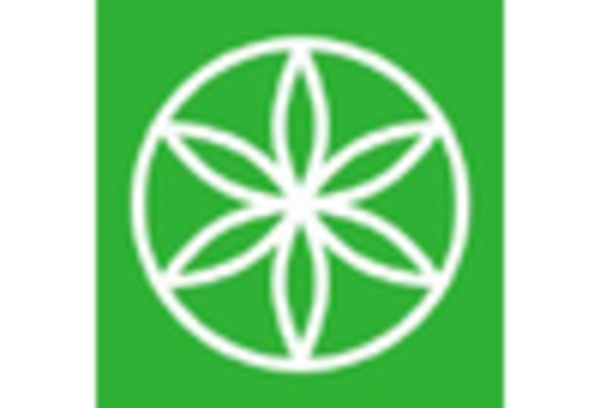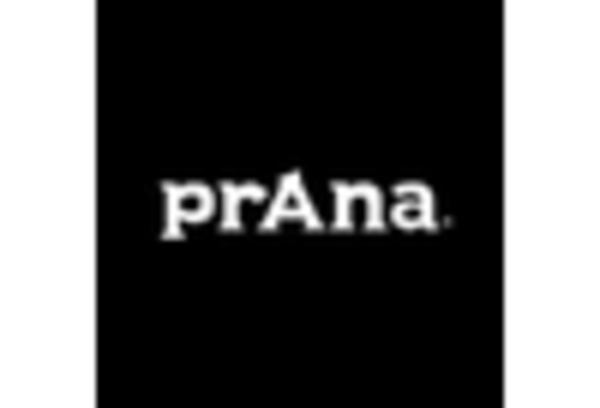E-commerce Growth
The rapid expansion of e-commerce platforms is significantly influencing the yoga mat market. With the convenience of online shopping, consumers are increasingly turning to digital channels to purchase yoga mats. Recent data suggests that online sales in the fitness equipment sector have grown by approximately 25% in the past year alone. This trend is likely to continue, as consumers appreciate the ability to compare products, read reviews, and access a broader range of options from the comfort of their homes. Furthermore, the yoga mat market is benefiting from targeted online marketing strategies that reach specific consumer segments. As e-commerce continues to thrive, it is expected to play a crucial role in shaping the purchasing behaviors of yoga enthusiasts, ultimately driving sales and market growth.
Diverse Consumer Demographics
The yoga mat market is experiencing a notable shift in consumer demographics, which serves as a significant driver for growth. Traditionally associated with a specific demographic, yoga is now attracting a more diverse audience, including various age groups, genders, and fitness levels. Recent statistics indicate that around 28% of yoga practitioners in the US are men, a figure that has been steadily increasing. This diversification is likely to expand the market, as brands cater to a wider range of preferences and needs. Additionally, the growing popularity of yoga among older adults, who seek low-impact exercise options, further enhances the market's potential. As the yoga mat market adapts to these changing demographics, it may witness increased innovation and product offerings tailored to various consumer segments.
Health and Wellness Awareness
The increasing awareness of health and wellness among the population appears to be a primary driver for the yoga mat market. As individuals prioritize physical fitness and mental well-being, the demand for yoga mats has surged. According to recent data, approximately 36% of adults in the US engage in yoga or similar practices, which has contributed to a robust market growth. The yoga mat market is likely to benefit from this trend, as more consumers seek quality mats that enhance their practice. Furthermore, the rise of wellness influencers and social media platforms has amplified the visibility of yoga, encouraging more people to invest in yoga mats. This heightened focus on health and wellness is expected to sustain the growth trajectory of the yoga mat market, as consumers increasingly recognize the importance of quality equipment in their fitness routines.
Innovative Materials and Designs
The yoga mat market is witnessing a surge in innovation, particularly in materials and designs. Manufacturers are increasingly focusing on developing eco-friendly and high-performance mats that cater to the evolving preferences of consumers. Recent trends indicate that mats made from sustainable materials, such as natural rubber and recycled plastics, are gaining traction among environmentally conscious buyers. This shift towards innovative materials not only enhances the user experience but also aligns with the growing demand for sustainable products. Additionally, advancements in design, such as improved grip and cushioning, are likely to attract a broader audience. As the yoga mat market embraces these innovations, it may see a significant increase in consumer interest and sales, reflecting the importance of quality and sustainability in purchasing decisions.
Fitness Trends and Lifestyle Changes
The yoga mat market is significantly influenced by evolving fitness trends and lifestyle changes among consumers. As more individuals seek holistic approaches to health, yoga has emerged as a popular choice for physical and mental well-being. Recent surveys indicate that approximately 40% of fitness enthusiasts in the US incorporate yoga into their routines, highlighting its growing acceptance. This trend is likely to drive demand for yoga mats, as practitioners require quality equipment to support their practice. Moreover, the rise of hybrid fitness models, combining yoga with other workout styles, further enhances the market's potential. As the yoga mat market adapts to these lifestyle changes, it may experience sustained growth, reflecting the increasing integration of yoga into everyday fitness regimens.

















Leave a Comment